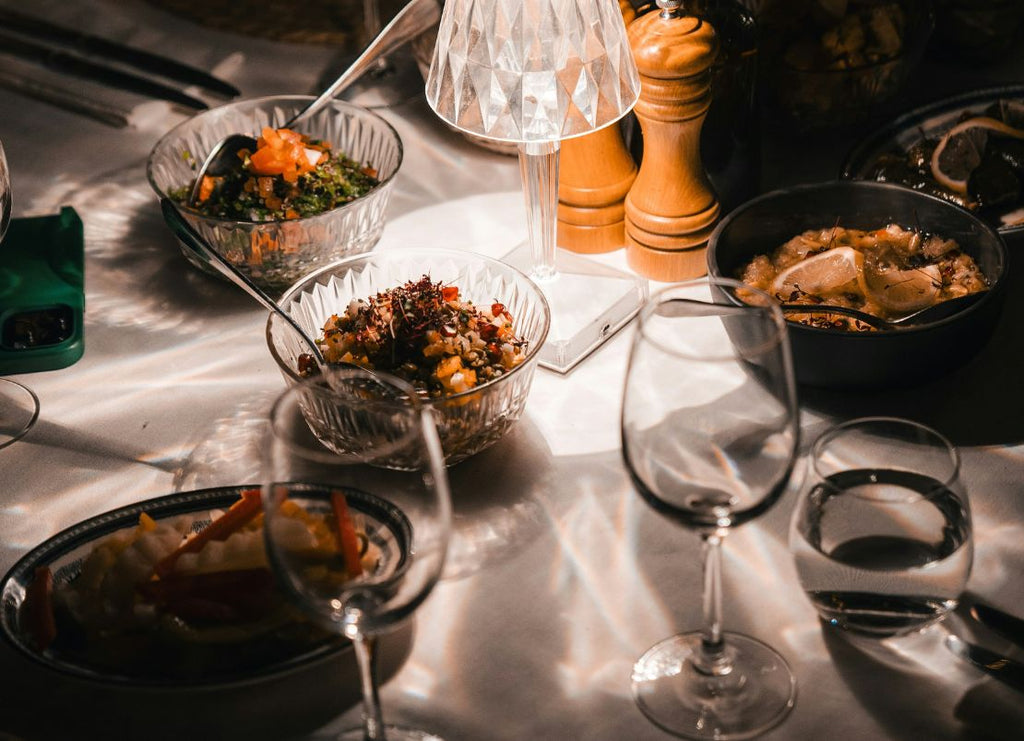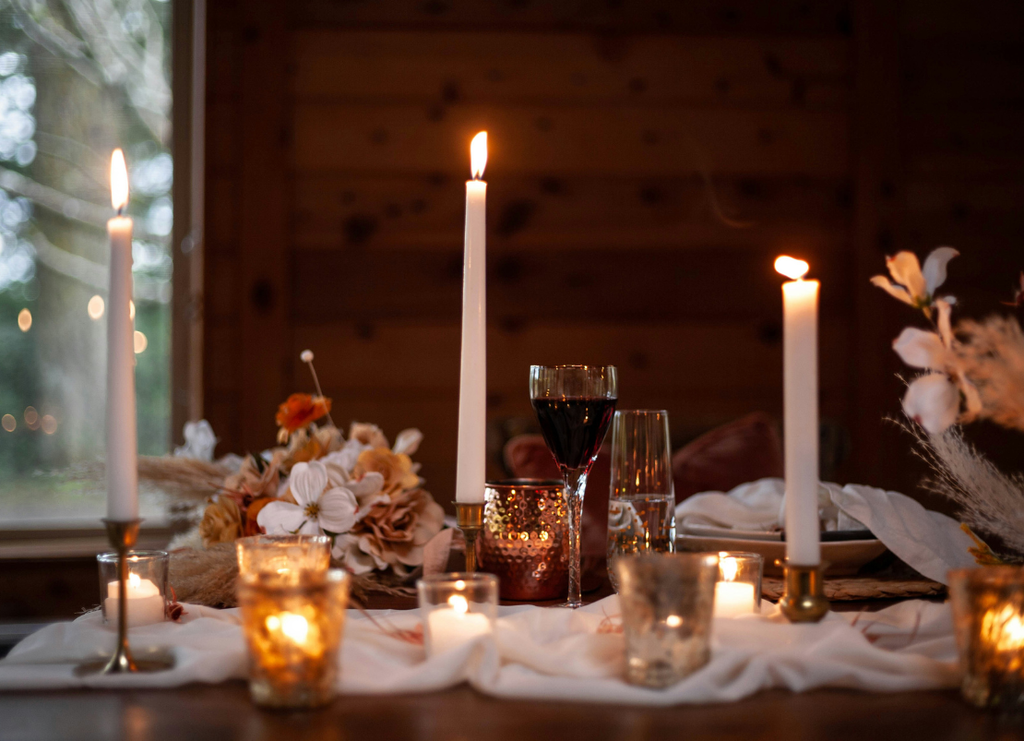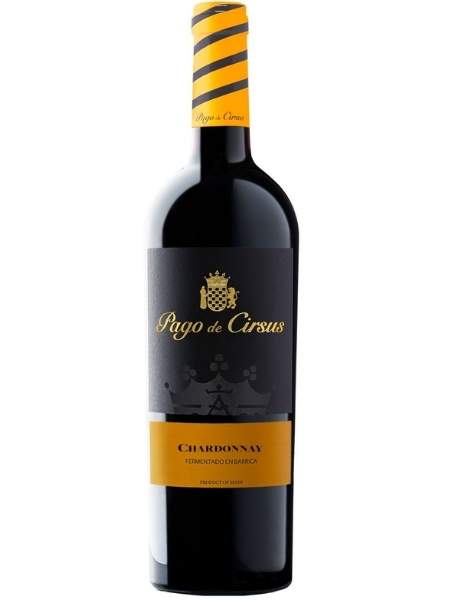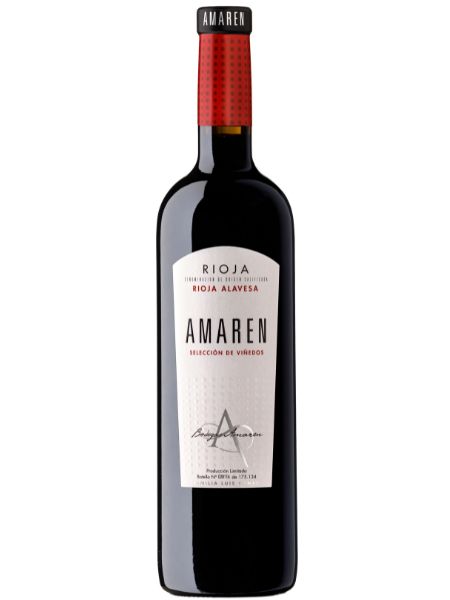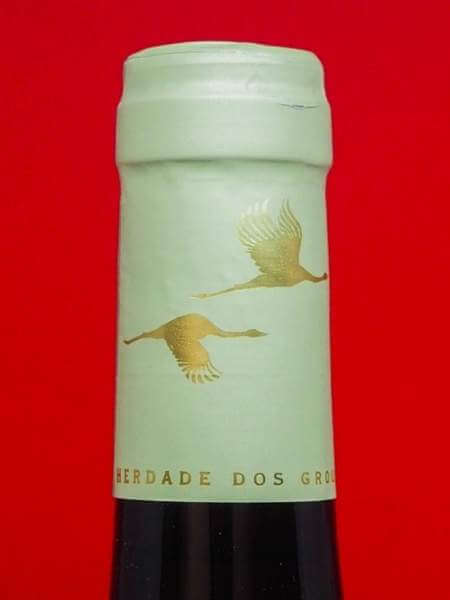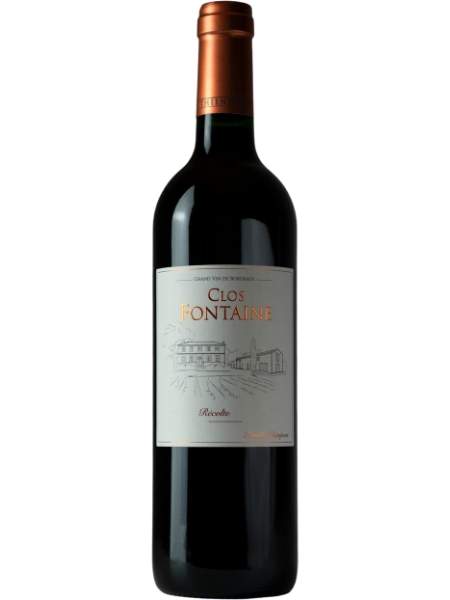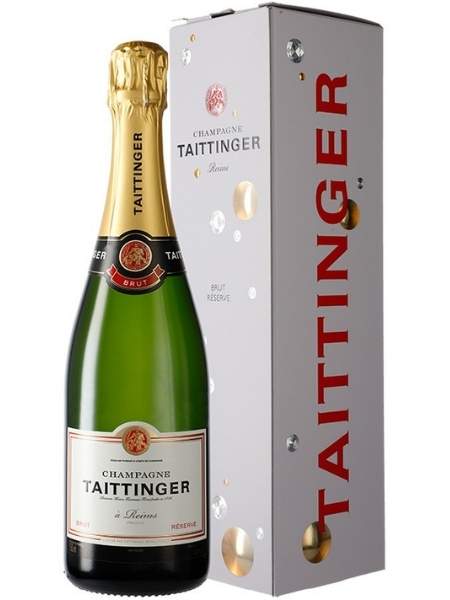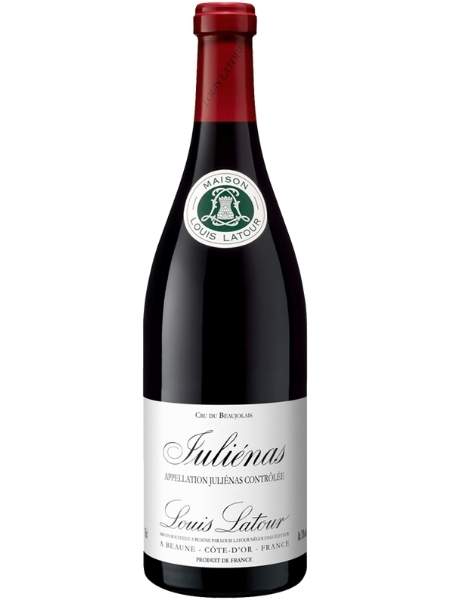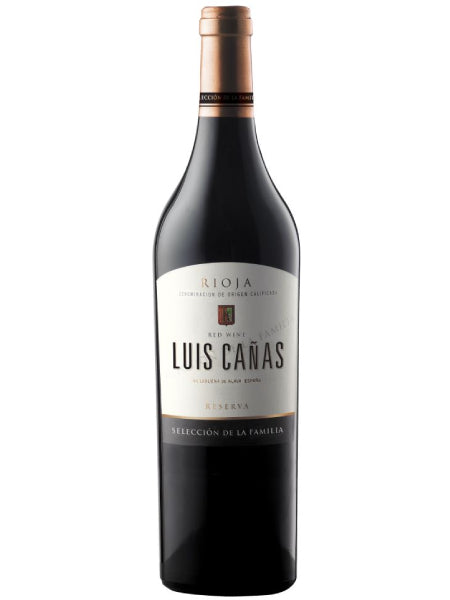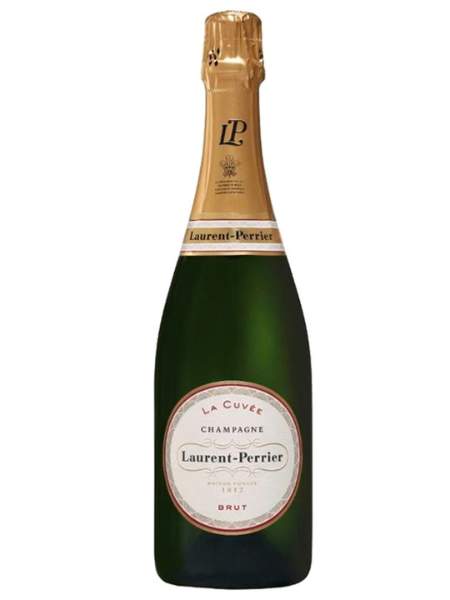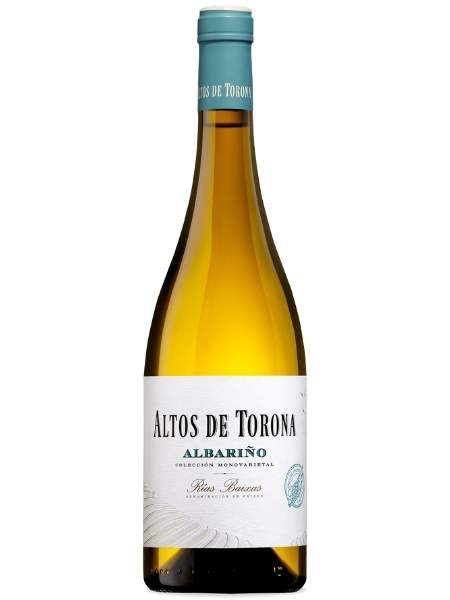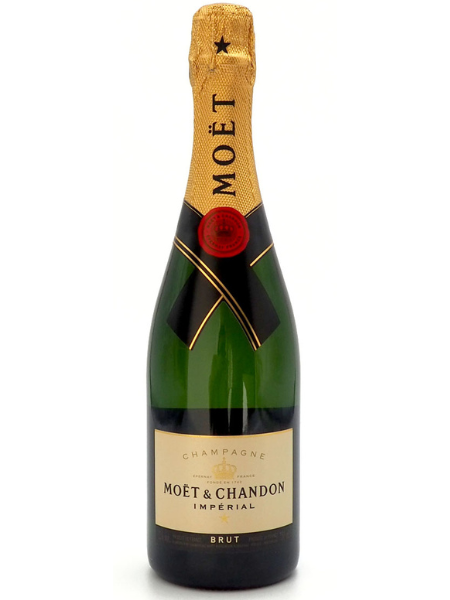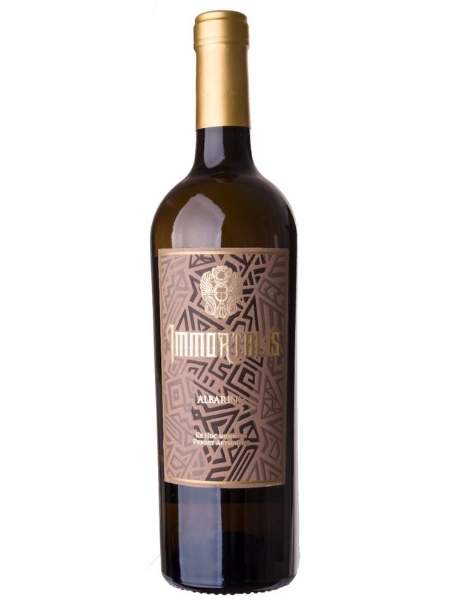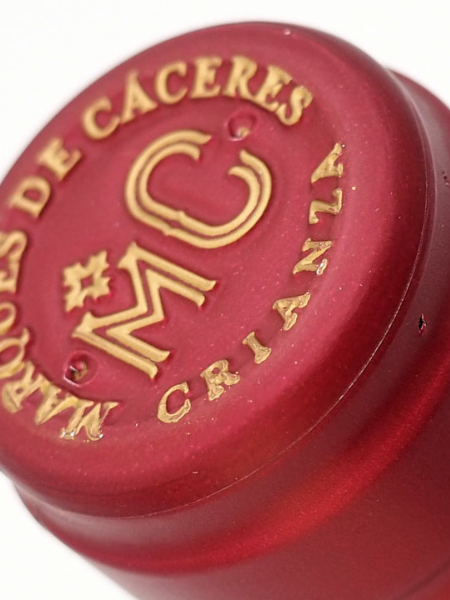
Do´s and Dont´s When Pairing Champagne and Cava

It is commonly known that sparkling wines are very versatile and can be paired with a very wide range of dishes, but there are certain dishes that manage to neutralize all their flavors. The list of these foods isn´t very long, but it´s important to remember what type of food we shouldn´t pair with cava or champagne.
In countries such as France, Spain, Portugal, Italy, or Great Britain is popular to consume sparkling wines at a regular weekday dinner, but for us, Romanians, the consumption habits are quite different when it comes to sparkling wine. We tend to associate this type of wine with important events or parties in our lives.
For that reason, we have to make sure that we don't mask the flavors of a Moet for example, with uninspired associations. Not to mention our eating habits have changed in recent years, and we have become familiar with sushi, Thai food, curries, etc. These changes in food pairing can be confusing when choosing wine.
Let´s start with the different types of champagne
-
Non-vintage
is a term used to describe sparkling wines that are made from a blend of varieties harvested in different years. This sparkling wine spends at least 15 months in bottle before being released to the market. These are wines that cannot be matured for long, and are characterised by light body, citrus and mineral flavours and low alcohol levels.
-
Vintage
is a term used for sparkling wine made with grapes from the same vintage. A very small percentage of all sparkling wines are made this way. It is a distinctive wine with a well-structured, aromatic palette described by notes of vanilla, nuts, caramel, baked apple and brioche.
Then we have champagnes made only from white grapes, red grapes or by leaving the skins to macerate for a very short time to obtain sparkling rosé wines.
You may wonder what all this has to do with avoiding uninspired food pairings. Well, from the above information that we can identify on the wine label we can deduce the sugar level in the wine.
Sparkling Wine Pairings
Therefore, we can know if it is brut, dry, semi-dry or sweet. And depending on this categorisation, we can pair the sparkling wine with some dishes or other ones.
An important rule to have in mind, is is to choose a wine that is at least as sweet as the food. For example, if we choose a brut sparkling wine for dessert it will seem very acidic.
For light or fat-free dishes, it's best to choose a sparkling wine with low alcohol content.
While for fatty dishes it is better to opt for acidic sparkling wines, rich in bubbles that will help the palate cleanse itself of fat after each sip.
Let's take a look at the main foods that we need to avoid at all costs when pairing with champagne and cava.
Sparkling Wine Pairing Mistakes
- Garlic Dishes
Yes, garlic is part of our traditional and modern cuisine. It's an ingredient that enhances the flavours of red meat or fish dishes, but almost entirely cancels out the flavour palette of a sparkling wine. One bite of a garlic dish can linger so long that we can't even enjoy the next glass of champagne.
In fact, garlic is one of the ingredients that should be used very sparingly when we want to enjoy wine with our dishes.
- Spicy Preparations
Although the spicy notes of some dishes can pair very well with the freshness of champagne, the same caution is needed with garlic. Moderation is the key here. If the dishes are so spicy that our taste buds are paralysed, any flavours of either the dishes or the wine will be completely neutralised. Avoid very spicy dishes when you want to enjoy sparkling wine.
- Cabbage and Tomatoes
Cabbage in all its forms does not generally pair well with sparkling wine. It is a food whose chemical composition highlights the organosulphur compounds in sparkling wine. It's a pairing you should avoid.
As for tomato in its various forms, it is best to avoid it when paired with champagne/cava. This time the acidity is to blame for the unsuccessful combination.
- Processed Food
Here we are referring to fast-food products such as doner kebabs, which not only have a complicated flavour palette for pairing with champagne, but are often so high in fat that sparkling wine can neither cleanse the palate nor reveal its flavours.
We must mention here another food element, chocolate. Even if it doesn't make it to the list of forbidden pairings, many specialists claim that when the type of chocolate is not chosen in accordance with the sweetness of the champagne, there is a neutralising effect on the flavours and a not at all pleasant aftertaste.
In general, dark chocolate is harder to pair due to its bitterness. Whereas milk chocolate or truffles, because they have more fat, can be more easily paired with sparkling wine. Try opting for these pairings for semi-sweet or sweet Cava/Champagne.
For all other dishes, try to choose the wine according to the flavours on the plate. Avoid spicy, garlicky, or dishes with slightly bitter notes if you want to enjoy all the flavours of the wine.
Hopefully, by the end of this article, you'll feel more prepared for inspired and tasty pairings. Try to discover your personal preferences by constantly making new pairings, you'll find out how certain flavours complement each other or not.
Also remember, sparkling wine is not just for special occasions, as we have mistakenly believed. Enjoy sparkling wine in all its forms! Discover our selection of sparkling wines here.
See you next time, wine lovers!
Dis&Dis Team



